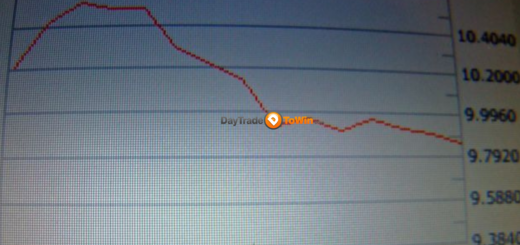Understanding What Factors Could Turn the Stock-Market Stumble into a Major Pullback
Stock markets cruised to record highs in the first quarter, but now, surging Treasury yields and oil prices are changing the tune.
The Dow Jones Industrial Average dropped over 500 points shortly after opening on Tuesday, marking a second consecutive day of declines. By afternoon, the index was down around 480 points, or 1.2%, while the S&P 500 was off by 0.9%.
Sam Stovall, chief investment strategist at CFRA, suggests that the S&P 500’s significant rally since October may lead to a pullback, highlighting the importance of the 10-year Treasury yield.

The recent rapid increase in Treasury yields, coupled with rising oil prices due to concerns about Middle East tensions, is seen as the trigger for the current market downturn. The yield on the 10-year note rose to approximately 4.37% on Tuesday, nearing its 2024 peak.
Rising yields can negatively impact stocks by increasing borrowing costs for companies and reducing the present value of future profits. Additionally, the speed of the yield rise can prompt investors to adjust their portfolios, adding further pressure on the market.
Looking ahead, the outlook for Treasury and stock market declines remains uncertain. Economic data releases and statements from the Federal Reserve will likely influence market sentiment, with particular attention on Friday’s March jobs report. The stumble at the start of April underscores the significance of forthcoming economic indicators in the face of rising yields’ potential impact on equities.




